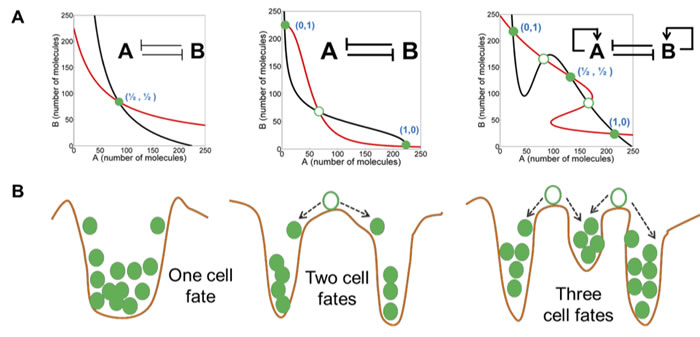The cover for issue 14 of Oncotarget features "Symmetry and symmetry breaking in cancer: a foundational approach to the cancer problem," from Frost, et al.
Oncotarget: Cancer pioneer employs physics to approach cancer in last research article.
Distinguished Professor Donald S. Coffey spent more than 50 years at Johns Hopkins and influenced generations of cancer researchers worldwide.
ORCHARD PARK, New York - (FEBRUARY 20, 2018) - In the cover article of Tuesday's issue of Oncotarget, James Frost, MD, PhD, Kenneth Pienta, MD, and the late Donald Coffey, Ph.D., use a theory of physical and biophysical symmetry to derive a new conceptualization of cancer. Dr. Coffey, ex-deputy director of the Johns Hopkins Kimmel Cancer Center and Professor of Urology, died last month at 85. (Audiopaper available here)
In physics, symmetry and the loss or breaking of symmetry refers to states of change. A perfect snowflake is rotationally symmetrical because each iteration in its pattern around the circle remains unchanged. If the snowflake should partially melt anywhere, there's a change in the snowflake's radial pattern and thus the symmetry is broken.

Figure 1: Symmetry breaking in mutually inhibitory feedback loops (from Jolly et al). Different levels of mutual inhibition and self-activation between two molecules, A and B, results in symmetry breaking from the configuration of equal numbers of A and B to bistability and tristability. In the tristable configuration, the intermediate state could represent a hybrid cell state. Red and black curves describe nullclines for A and B, and their intersections are the steady states. Green filled circles represent stable steady states, and green hollow circles show unstable steady states. For more information, see Jolly et al, 2015.
Because so many of the molecules that make life possible are constantly changing and interacting, life itself could be considered to be a stable rhythm of symmetry and symmetry breaking, Dr. Coffey and his colleagues write.
"The work was stimulated by many conversations I had with Don Coffey about the fundamental nature and fascination of symmetry we experienced," said lead author James Frost, M.D., Ph.D., and adjunct professor and professor emeritus of radiology at John Hopkins. "Including concepts of biology and life as a state between perfect order and chaos. That is, life is a condition of partially but not completely broken symmetry."
Symmetry has been useful in simplifying and understanding complex physical problems. Likewise, Dr. Frost and his colleagues believe that understanding cancer through the framework of symmetry can help reveal new ways to understand cancer. Because cancer rises out of a dysfunction in life's fundamental machinery, the study suggests that cancer could be considered to be a symmetry breaking process that disrupts biology's normal rhythm. That means there may be a way to understand cancer at the point of this disruption that biology has not yet discovered. "We lay out the argument that therapies directed to destroying cancer at a system level - rather than at the level of a single molecular target - could be directed at points in the cancer network where symmetry is maximally broken and the system is most vulnerable," said lead author, Dr. Frost. "Conversely, could points of broken symmetry be targeted for repair in order to restore the normal homeostasis of the cell? That's a much more futuristic aspect of the research."
In the future, Dr. Frost hopes that cancer biologists and clinical oncologists will follow up with more in-depth theoretical research and empirical investigation.
An audio interview with the first author is available online.
Full text - https://doi.org/10.18632/oncotarget.22939
Correspondence to - J. James Frost - [email protected]
Keywords - cancer, symmetry, symmetry-breaking, complexity, scale-free


